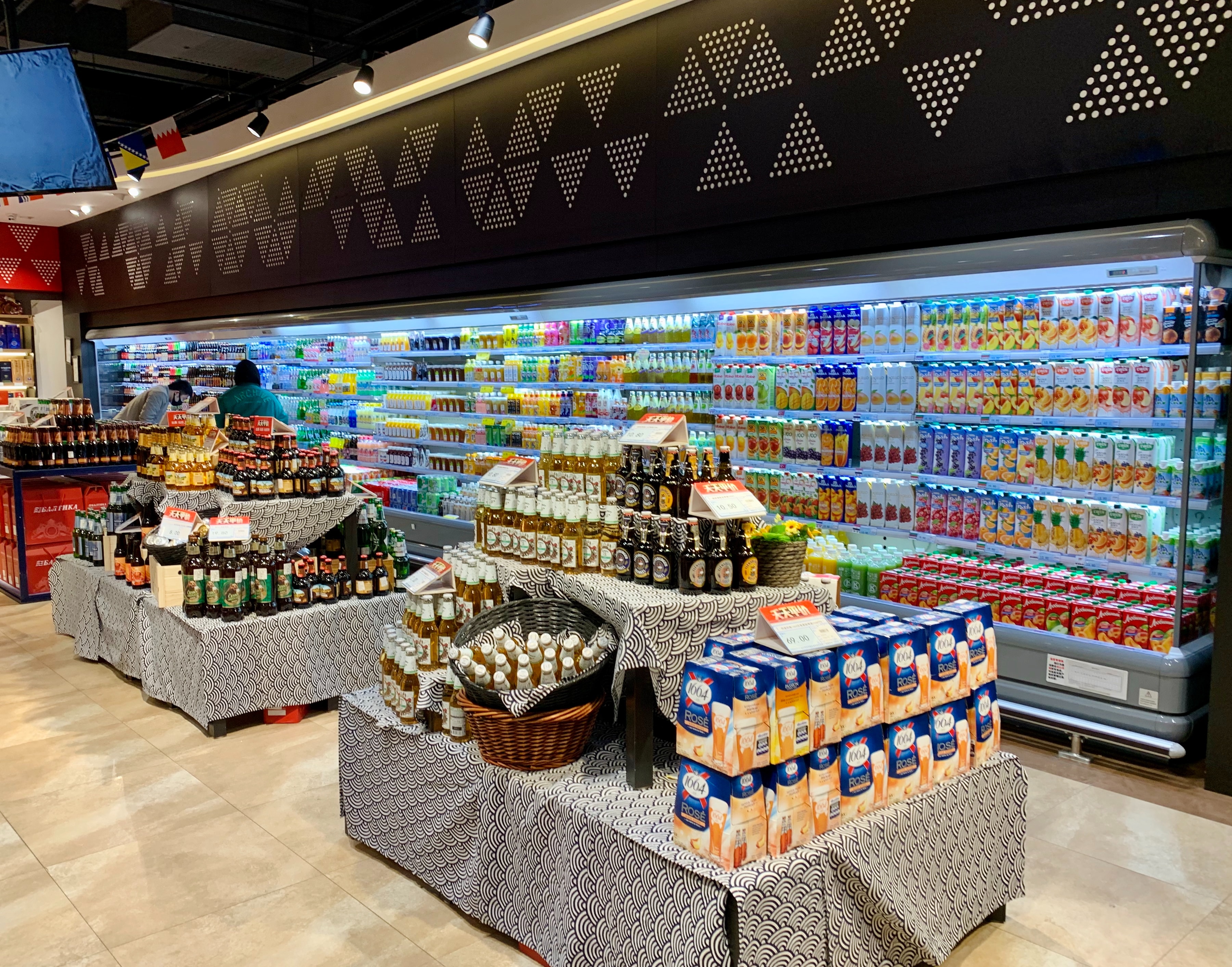In today's highly competitive retail landscape, product portfolio optimization plays a critical role in driving growth, profitability, and market share. A well-optimized product portfolio ensures that retailers are meeting customer needs while maximizing resources and minimizing costs.

In this article, we will discuss different types of product portfolio optimization techniques and how they can improve the overall performance of retail companies.
Understanding Product Portfolio Optimization
Product portfolio optimization involves analyzing and adjusting a retailer’s product offerings to maximize profitability, customer satisfaction, and long-term growth. This entails understanding the performance of each product, identifying opportunities for improvement, and reallocating resources to support the most promising products. The ultimate goal is to create a balanced portfolio that delivers value to customers while maximizing the company’s return on investment (ROI).
Types of Product Portfolio Optimization Techniques
Product Rationalization
Product rationalization is the process of evaluating a company’s existing product portfolio and eliminating underperforming or low-value products. This technique focuses on streamlining the product mix, which can lead to reduced costs, increased operational efficiency, and improved customer satisfaction.
To implement product rationalization, retailers should:
- Analyze sales, profitability, and customer feedback data to identify underperforming products.
- Assess the potential impact of removing low-performing products on customer satisfaction and overall sales.
- Develop a plan to phase out underperforming products while minimizing disruption to the customer experience and supply chain.
Product Line Expansion
Expanding the product line involves introducing new products or product variations to cater to different customer segments or emerging market trends. This can help retailers capture new customers, increase market share, and diversify revenue streams.
To implement product line expansion, retailers should:
- Conduct market research to identify emerging trends, customer preferences, and potential gaps in the existing product portfolio.
- Evaluate the feasibility and profitability of new product ideas, considering factors such as production costs, market demand, and competitive landscape.
- Develop a comprehensive launch plan, including marketing, sales, and supply chain strategies, to ensure a successful product introduction.
Product Differentiation
Product differentiation involves enhancing the unique features or benefits of a product to distinguish it from competitors. This can help retailers create a competitive advantage, increase customer loyalty, and command higher prices.
To implement product differentiation, retailers should:
- Identify the key attributes that differentiate their products from competitors, such as quality, design, or functionality.
- Invest in product development to enhance these unique features or introduce innovative new offerings.
- Communicate the differentiating factors to customers through targeted marketing campaigns and activations.
Get serious with your portfolio
In conclusion, product portfolio optimization is a crucial strategy for retail companies looking to drive growth, profitability, and customer satisfaction. By employing techniques such as product rationalization, product line expansion, and product differentiation, retailers can create a balanced and competitive product offering that maximizes value for both customers and the business.
Given the complexities and intricacies involved in product portfolio optimization, it can be highly beneficial for retail companies to enlist the expertise of outside consultants. These professionals bring valuable experience and specialized knowledge, helping companies navigate the optimization process efficiently and effectively. By leveraging the insights and guidance of external consultants, retailers can optimize their product portfolios and set the stage for long-term success in an increasingly competitive market.
- Written by: Boris Tone Peršak
- Posted on: 23 March, 2023